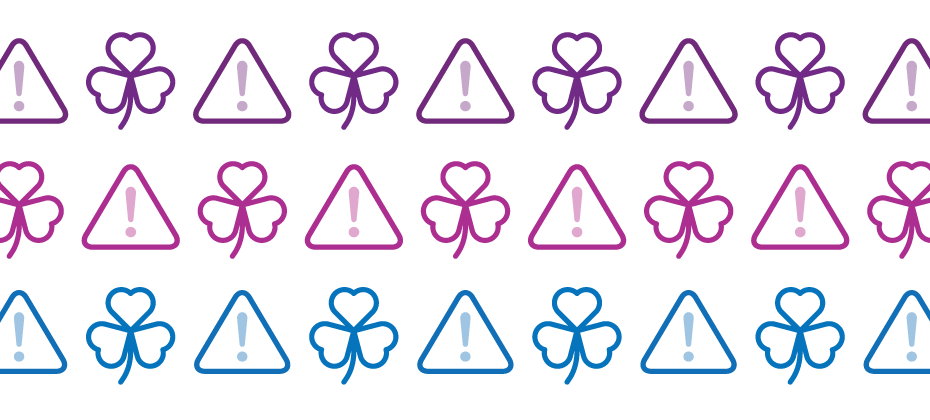By: Kennis Wong
In this blog entry, we have repeatedly emphasized the importance of a risk-based approach when it comes to fraud detection. Scoring and analytics are essentially the heart of this approach.
However, unlike the rule-based approach, where users can easily understand the results, (i.e. was the S.S.N. reported deceased? Yes/No; Is the application address the same as the best address on the credit bureau? Yes/No), scores are generated in a black box where the reason for the eventual score is not always apparent even in a fraud database.
Hence more homework needs to be done when selecting and using a generic fraud score to make sure they satisfy your needs. Here are some basic questions you may want to ask yourself:
What do I want the score to predict?
This may seem like a very basic question, but it does warrant your consideration. Are you trying to detect these areas in your fraud database? First-party fraud, third-party fraud, bust out fraud, first payment default, never pay, or a combination of these? These questions are particularly important when you are validating a fraud model. For example, if you only have third-party fraud tagged in your test file, a bust out fraud model would not perform well. It would just be a waste of your time.
What data was used for model development?
Other important questions you may want to ask yourself include: Was the score based on sub-prime credit card data, auto loan data, retail card data or another fraud database? It’s not a definite deal breaker if it was built with credit card data, but, if you have a retail card portfolio, it may still perform well for you. If the scores are too far off, though, you may not have good result. Moreover, you also want to understand the number of different portfolios used for model development. For example, if only one creditor’s data is used, then it may not have the general applicability to other portfolios.


